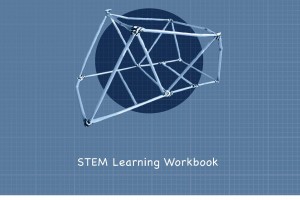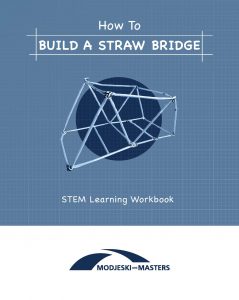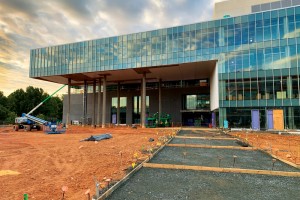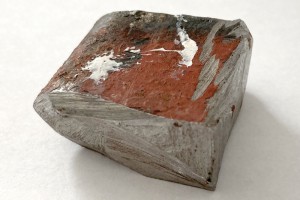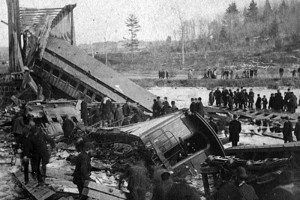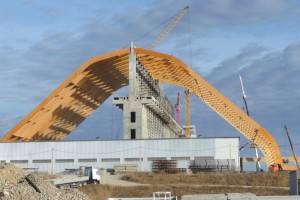CASE 962-H – National Practice Guideline on Project and Business Risk Management
This guideline is intended to assist structural engineering companies in the management of risk associated with projects and to provide commentary regarding the management of risk associated with business practices. The guideline is organized into two sections that correspond with these two areas of risk, Project Risk Management and Business Practices Risk Management. The goal of the guideline is to educate and inform structural engineers about risk issues so that the risks they face in their practices can be effectively mitigated, thus making structural engineering firms more successful. …


